
Flexitank Overview
Delivering commitment and solutions
The flexitank was first designed to be a more efficient solution to offset the drawback of other existing options. A simple comparison highlights the benefits of the flexitank.
OCEAN TANKER
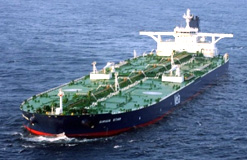
- Lowest cost
- Cheap sea leg but expensive door to door delivery from bulk
- Survey costs
- Not available in smaller ports without bulk facilities
- Require bulk facilities each end of leg
- Many pump transfers
- Storage costs and inconvenience if arrival late or early
- Numerous transfers increase risk of contamination to product
ISO TANKER
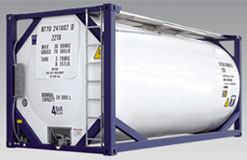
- 3rd lowest cost
- Expensive equipment – high rental costs compared with flexitank
- Survey costs
- Not available in smaller ports without bulk facilities
- Require bulk facilities each end of leg
- Many pump transfers
- Storage costs and inconvenience if arrival late or early
- Numerous transfers increase risk of contamination to product
FLEXITANK
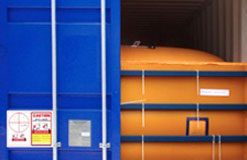
- 2nd lowest cost
- Low weight of flexitank causes higher payloads and lower freight costs
- Require return load to be economic which is not always easy or possible
- Not always available in remote areas
- Slow to position
- Costly to clean
- Require a lot of space for stockpiling
- Inefficient cleaning can lead to contamination
IBCS / DRUMS
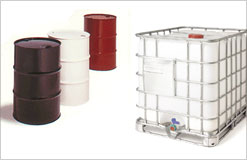
-
4th lowest cost - Higher cost of packing compared with flexitank
- Lower payload in container, higher freight cost than flexitank
- Available in remote areas
- Require specialized equipment for effective cleaning
- Require forklift for loading and unloading container
- Takes up lots of storage space when empty or full. High storage costs.
- Disposal can create environmental problems
Evolution of Flexitank
Even with the apparent benefits, the flexitank has been through years of evolution with its design.
1970s
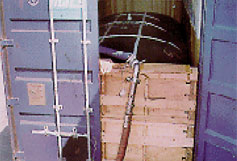
Heavy rubber design. No longer widely available due to operating cost.
1980s
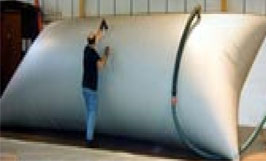
PVC Urethane design. Non food-grade.
1990s

Thin multi-layer design
2000s

Thick single layer design
| Design | 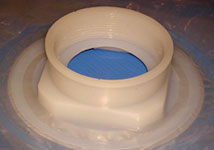 Thin MULTI-LAYER Design |  Thick SINGLE-LAYER Design |
| Design Aspects | * 3-5 thin wall (5 mil) PE liners * Woven PP jacket * Heat-sealed to light-weight plastic fittings | * Single thick-wall (40 mil) liner * No woven outer PP jacket * Heat-sealed to light-weight plastic fittings |
| Design Drawbacks | * Plastic heat-sealed fitting causes most of the problems * Thin liners can be sucked up into the pump during discharge * Uses wooden bulkhead | * Heat welded fittings causes most of the problems * Thick single wall is stiff and difficult to discharge * Uses wooden bulkhead |
| Handling Drawbacks | * Top load and discharge is unsafe and labour intensive * Cannot be tested before shipment | * Top load and discharge is unsafe and labour intensive * Cannot be tested before shipment |
